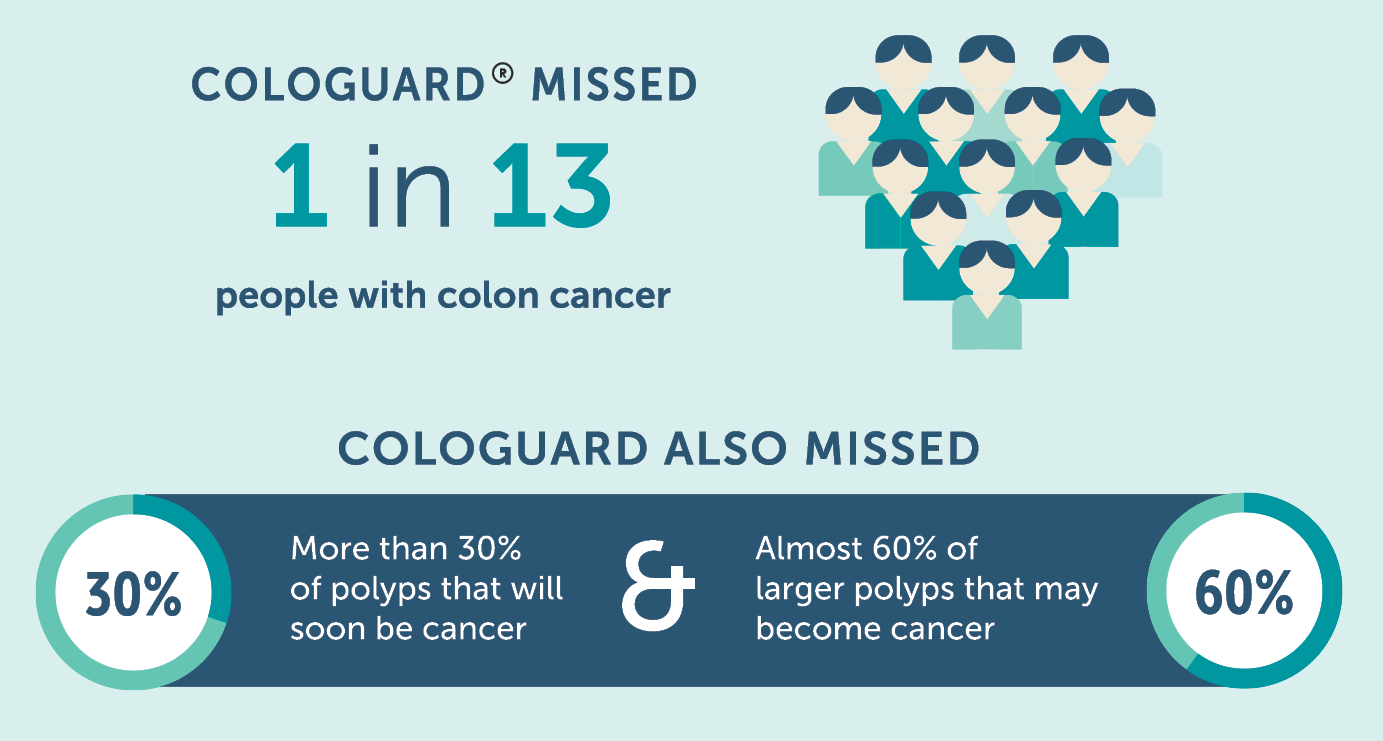
Colon cancer remains a common and deadly cancer—it is the second most common cause of cancer death in men and women in the United States, affecting approximately four percent of people in their lifetimes.
In the past 50 years, we have seen dramatic improvements in survival rates and a decline in the incidence of colon cancer in those older than 50. In fact, survival rates from colon cancer have improved by two percent per year in recent decades, cutting the mortality rate in half since 1970.
The reason for this success is not only due to improvements in treatment efficacy, but also due to earlier detection and prevention.
The US Preventative Task Force currently recommends screening for average risk individuals starting at age 50 (45 for African Americans) and the American Cancer Society recently advised starting screening at age 45 for all average risk individuals.
While many screening modalities exist and can be beneficial, colonoscopy remains the gold standard. For those individuals with a personal history of polyps, colon cancer or family history of colon cancer, colonoscopy is the only recommended test.
Cologuard (multi-target stool DNA-FIT) is a newer non-invasive screening test with better sensitivity and specificity than FIT alone. However, this test also carries a heavy cost ($600) and leads to a colonoscopy in one out of six individuals. Despite the price tag, Cologuard will still miss a cancer in one out of thirteen patients and will miss more than 30 percent of polyps with advanced dysplasia and nearly 60 percent of larger polyps that may become cancer.
The US Multi-Society Task Force recommends colonoscopy as a first-line screening test and the less costly annual FIT testing as a secondary option for those declining colonoscopy. Getting regular colonoscopies reduces the incidence of colon cancer by 89 percent. Unfortunately, despite the benefit of appropriate screening, one in three Americans are still not screened appropriately.
While colonoscopy is not without risk, the rate of serious complications at The Oregon Clinic endoscopy centers is significantly lower than published national averages, while the adenoma detection rate, a marker of quality examination, is significantly higher than published national averages.
We credit these successes to a vigorous quality program and well-trained physicians and ancillary staff. At The Oregon Clinic, we take colon cancer screening very seriously and are happy to discuss any questions with you or your patients.